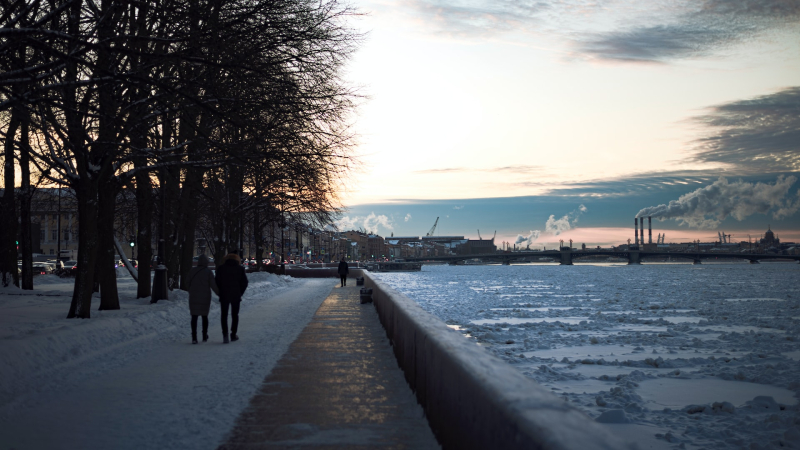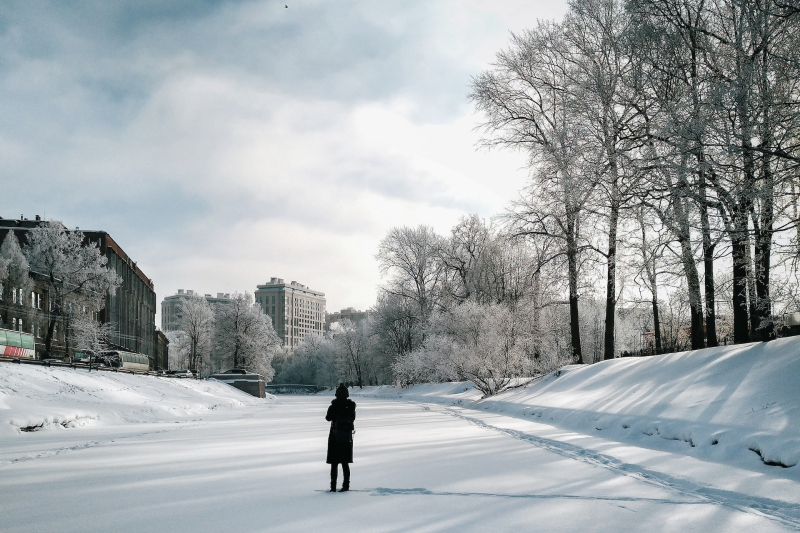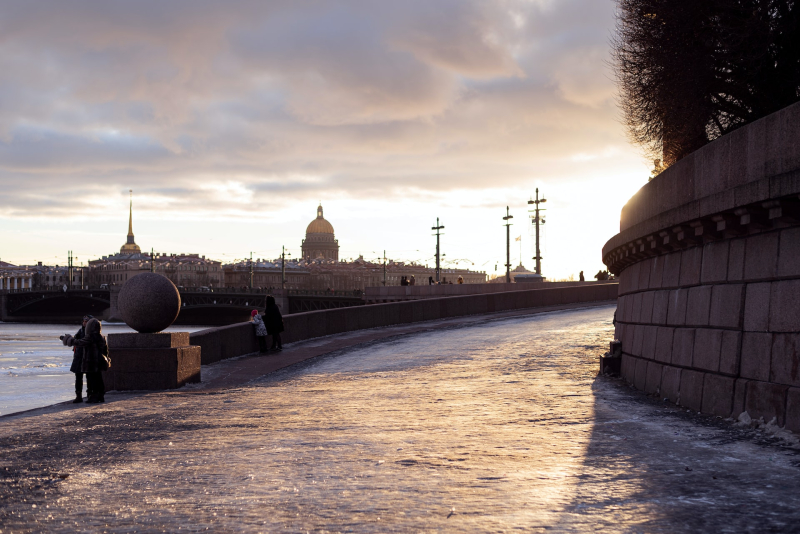Bachelor's student
Weather in St. Petersburg
When traveling to a foreign country far away from home, it’s expected to be very new and different. Apart from the culture and food, the weather can be quite a contrast from what you are used to. Russia is famous for being cold and snowy, which can be intimidating to someone from a warm tropical country. But is St. Petersburg really that bad?

St. Petersburg has a cool-summer humid continental climate. This means summers are typically mild, humid and short, while the winters are long and cold, with occasional warm spells. The warm season lasts 3.2 months in St. Petersburg, from the end of May to the very beginning of September. The cold season lasts 3.8 months, from November 20 to March 14. The average temperature is -5.5 Celsius in January, -1.3 Celsius in March, +18.8 Celsius in July, and in September the average temperature is +11.6 Celsius.
The average minimum temperature in winter is about -9 Celsius, and the Neva River (within city limits) usually freezes up. On average there are about 123 days with snow, but any snow buildup is cleared off the streets in St. Petersburg for ease of passage. The famous Russian frosts are becoming a rarity, as the climate in Russia is becoming warmer. There is some temperature variation in St. Petersburg, and the city itself experiences a slightly warmer climate than its suburbs.

There is little reason to worry too much about the cold, as, unlike in many western countries, all houses and public buildings in St. Petersburg have central heating on during the whole winter season. Even the public transport system has heaters! ITMO is no exception, and you can put your heavy winter coats in the cloakroom when going to the campus during the cold season. However, it is still important to dress warmly, as it can be very cold outside. During autumn, a light coat or raincoat are usually enough, but you will require warmer clothes for the winter, including gloves or a scarf.
St. Petersburg is the northernmost city in the world to have a population of over a million people. The exact latitude and longitude of Russia’s former capital is 59.9343° N, 30.3351° E. The south coasts of Alaska and Greenland, the cities Magadan and Ukhta, as well as the capital of Norway, Oslo, all share the same latitude, which is less than seven degrees south of the Arctic Circle. This leads to a huge variation in day length during different seasons.
During winter, there can be as little as 5 hours 53 minutes of daylight, but during the summer, near the summer solstice, there are as many as 18 hours, 50 minutes of daylight, with twilight continuing all night. St. Petersburg is famous for this famous phenomenon known as the white nights. The white nights last from June 11 to July 2.

Two other qualities the city has are the amount of precipitation and overcast days. St. Petersburg is known for being very cloudy and having a lot of rainfall. The average annual precipitation varies across the city, but is 600−750 mm per year on average. It rains the most in August. The relative humidity of the air is pretty high, being 78% on average. Overcast weather is also common throughout the year, with St. Petersburg being cloudy around 165 days a year.
I would recommend checking out Weatherspark for more in-depth information about the climate, temperature, and amount of sunlight and precipitation St. Petersburg has and during which months. With experience and preparation, anyone can get used to living in St. Petersburg’s climate!
